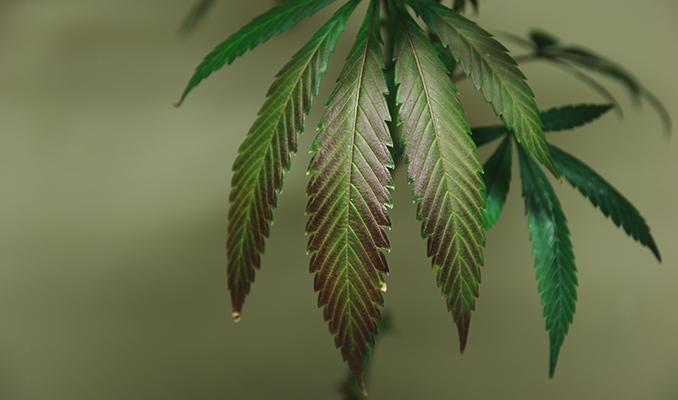Molybdenum Deficiency In Cannabis Plants How To Deal With It
Published :
Oct 24, 2017
Categories :
Cannabis cultivation

Molybdenum deficiency is common in many plants, and cannabis is no exception. We discuss several methods to deal with this problem to keep your plant in great shape.
Like any other plant, cannabis is a living organism that requires ample care and cultivation time. Missing out on any vital step could lead to serious nutritional deficiencies, which will harm the plant in the long run.
SPOTTING MOLYBDENUM DEFICIENCIES
One common scenario would be for your bud to experience molybdenum deficiencies. In a nutshell, this problem is similar to when a plant lacks nitrogen, as it begins to experience some discolouration and physical changes. In most cases, edges of leaves turn a bright orange, pink, or red colour, eventually moving toward the centre of the leaf.
When molybdenum deficiencies happen in cannabis plants, it is mainly because of low pH levels. In a nutshell, pH is the measure of acidity or alkalinity on a 1-14 scale. For cannabis, a more acidic environment is essential for optimal growth, which is why these plants are still sometimes better off grown outdoors, or even in the wild.

BENEFITS OF MANAGING PH
Maintaining any plant’s pH level is important for its health. The likelihood of it suffering leaf problems like discolouration is lessened, and it can produce bigger yields at a quicker pace. The right pH levels help plants, cannabis in particular, gain access to available nutrients at all times. It is important, however, to find the right balance between the upper and lower pH-threshold.
The ideal pH for plants growing in soil is between 6.0-7.0, while plants grown soilless or hydroponically should be at 5.5-6.5. Going over or under these figures would physically manifest in a plant, particularly in its color, even if the right nutrients have been made available.
HANDLING MOLYBDENUM DEFICIENCIES
Once you spot some signs of molybdenum deficiencies on your plant, it is important to take action right away. The first thing to do is to flush your system with clean, pH’d water without any nutrients. This will help rid the plant of any salt present that could be hindering the roots from absorbing the molybdenum.
Even if you are growing mostly indoors, it is still beneficial to allow your plant some exposure outdoors. This will temporarily help reduce excess heat and humidity from being locked-up inside a room. Water plants regularly (but not too much), either in the early morning or evening to prevent instant evaporation from the heat of the sun.
Regarding air circulation, it would be best to set up a fan system indoors that gives your crop a consistent, gentle breeze. This will help it ingest the carbon dioxide that it needs, especially during the light hours.
Caring for a plant, especially cannabis, may entail that you spend a generous amount of time, effort, and money, but these are just the steps you need to take to enjoy the fruits of your labour later on.







































